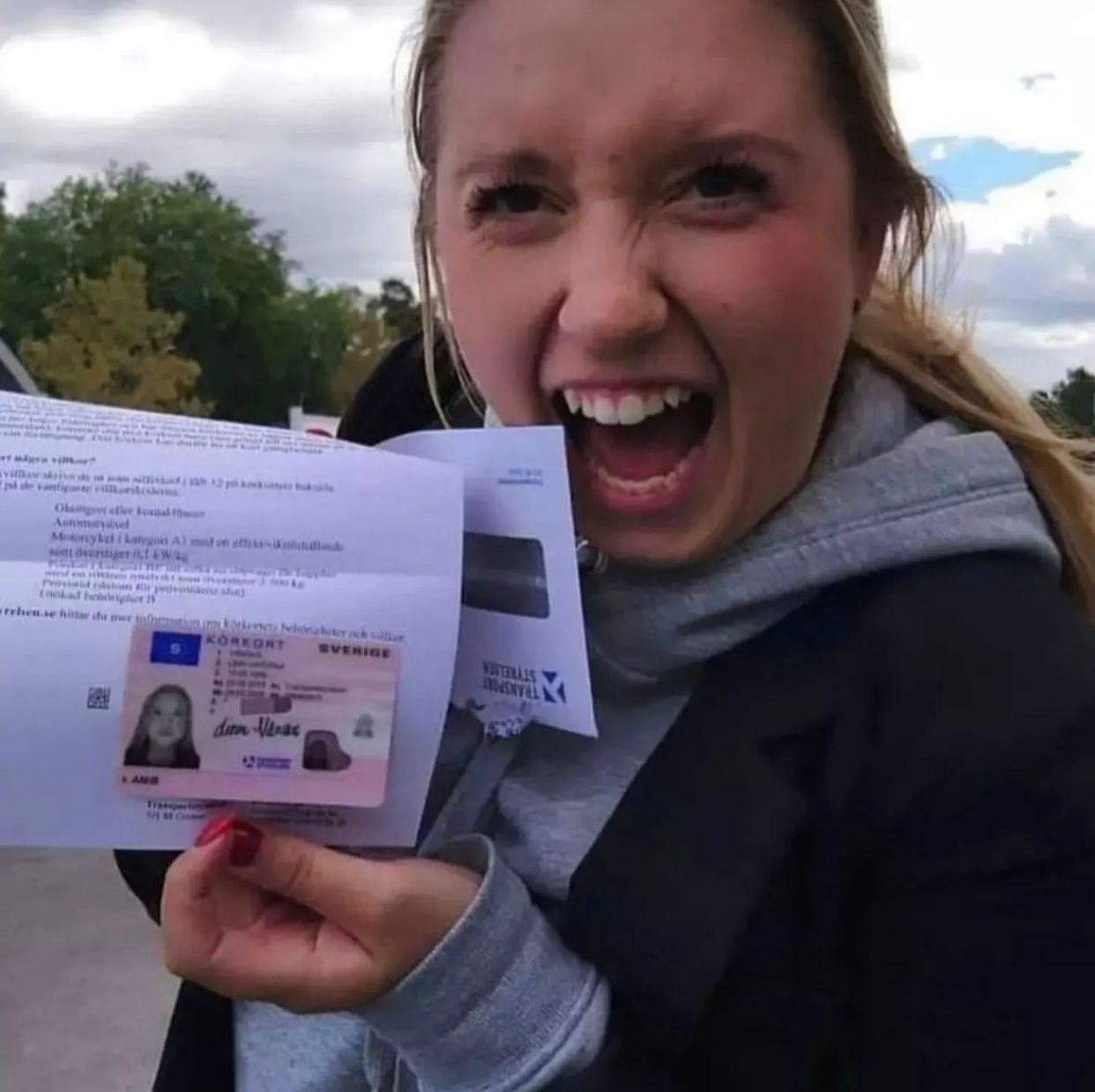10 Things We Love About Driving License Id-Handling 2025
페이지 정보
작성자 Judy Ramsden 댓글 0건 조회 269회 작성일 25-06-29 16:01본문

The Future of Driving Licenses: ID Handling in 2025
As technology continues to develop at an extraordinary rate, numerous sectors are embracing developments to boost user experience and performance. One of the locations experiencing considerable transformation is identity management, particularly worrying driving licenses. With the introduction of digital licenses and advanced identification techniques, the landscape of driving license ID handling is anticipated to go through substantial changes by 2025. This article checks out the anticipated developments in driving license ID handling, the implications for users, and answers often asked concerns about the future of driving licenses.
The Evolution of Driving Licenses
Driving licenses have actually typically acted as a means of recognizing a person's authority to operate an automobile. They likewise serve several secondary functions, including age verification and identity confirmation for banking and travel. However, the physical card system has limitations, consisting of dangers of counterfeiting, loss, and outdated information. As society gravely counts on effective and safe recognition systems, the transition toward digital licenses is becoming increasingly popular.
Present Trends in Driving License ID Handling
Digital Licenses: Many states are piloting digital driving licenses that permit users to keep their qualifications on their mobile phones. These digital licenses are developed with sophisticated security functions, consisting of biometric information, and can be scanned or shared securely.
Blockchain Technology: Some jurisdictions are exploring blockchain to improve the security and authenticity of driving licenses. This innovation ensures that information can not be damaged and that the information is quickly proven.
Facial Recognition: Increasingly used in identification practices, facial recognition technology can accelerate the procedure of verifying an individual's identity against their driving license. This technology likewise assists decrease fraud and preserve the integrity of the licensing systems.
Multi-Functional Licenses: Future driving licenses might integrate extra functions such as health records, travel paperwork, and even payment systems, supplying a comprehensive identity option.
The Benefits of Digital Driving Licenses by 2025
The shift toward digital driving licenses provides several advantages, including:
Convenience: Users can access their licenses anytime, which gets rid of the need for physical cards. This is especially useful when individuals forget their license, as digital copies can be obtained quickly.
Security: Advanced security steps can minimize the danger of identity theft, fraud, and unauthorized duplication. Digital licenses often consist of encryption and biometric confirmation.
Performance: Reduced wait times at federal government workplaces and during traffic stops, as law enforcement can validate digital licenses instantly.
Ramifications for Users
While the developments in driving license ID handling present various advantages, they likewise include obstacles. Users require to adapt to brand-new innovation and guarantee they understand the modifications and their implications. Here are some considerations:
Privacy Concerns: With increased digital footprints, there will be heightened concerns over data privacy and how biometric data is stored and utilized.
Accessibility Issues: Individuals without access to mobile phones or digital innovations might face barriers to obtaining and making use of digital licenses.
Regulative Compliance: With different jurisdictions adopting different systems and processes, users need to understand their local laws relating to digital licenses and identification.
Expected Changes in Driving License ID Handling by 2025
| Aspect | Existing Status | Anticipated Change by 2025 |
|---|---|---|
| License Format | Physical cards | Predominantly digital licenses |
| Confirmation Process | Manual checks | Automated biometric confirmation |
| Security Measures | Basic holograms and functions | Advanced file encryption and blockchain |
| Jurisdictional Differences | Fragmented processes across states | More standardized national systems |
| User Interaction | In-person renewals and checks | Mobile applications for management |
Frequently asked questions
1. What is a digital driving license?A digital driving license is an electronic variation of a conventional driving license that is stored on a mobile phone. It can be utilized for recognition and verification in various circumstances, with improved security functions to prevent scams.
2. How will digital licenses boost security?Digital licenses make use of file encryption and biometric data, making them harder to forge or misuse compared to traditional cards. Furthermore, blockchain innovation can ensure information credibility and stability.
3. Will everyone be required to change to a digital license?While many jurisdictions are moving toward digital licenses, policies might vary. Users are encouraged to consult their local licensing authorities for particular standards.
4. What are the prospective disadvantages of digital licenses?Some potential disadvantages consist of privacy concerns relating to information storage, availability issues for people without smartphones or digital literacy, and the need for a robust regulatory structure to manage security and user rights.

5. How can I prepare for the shift to digital licenses?Stay notified about local efforts concerning digital licenses, check out readily available mobile applications for handling recognition, and cultivate digital literacy to browse new technologies with confidence.
The future of driving licenses and ID handling is poised for significant evolution by 2025. As digital licenses end up being more common, users will experience enhanced security, benefit, Körkortsbild Online (mouse click the up coming article) and performance. Nevertheless, together with the benefits come challenges that will require public awareness and adaptation. Stakeholders should focus on education, guideline, and availability to make sure a smooth transition that empowers individuals with the recognition tools of the future. As technology advances, so too will the approaches through which society handles identity, especially vital in procedures as essential as operating an automobile.
댓글목록
등록된 댓글이 없습니다.


